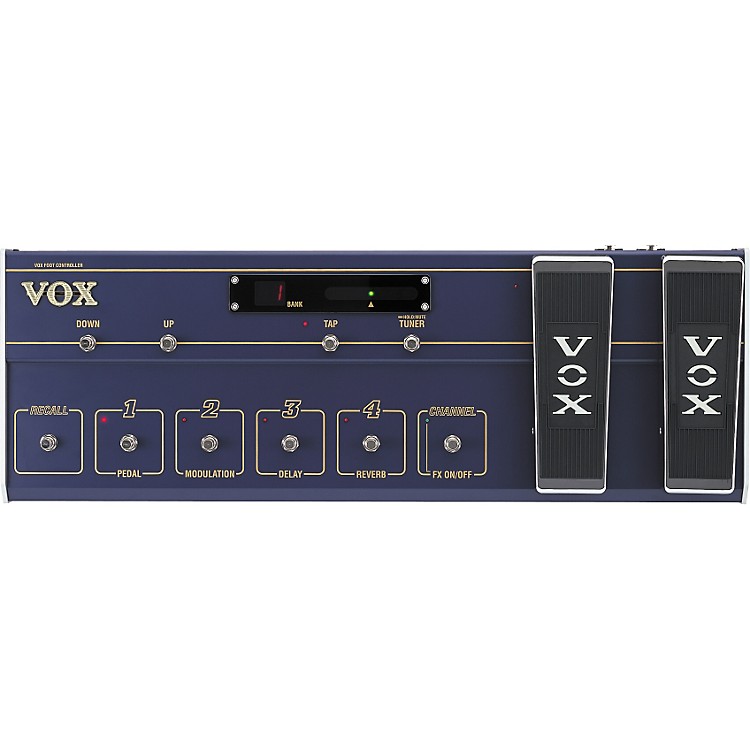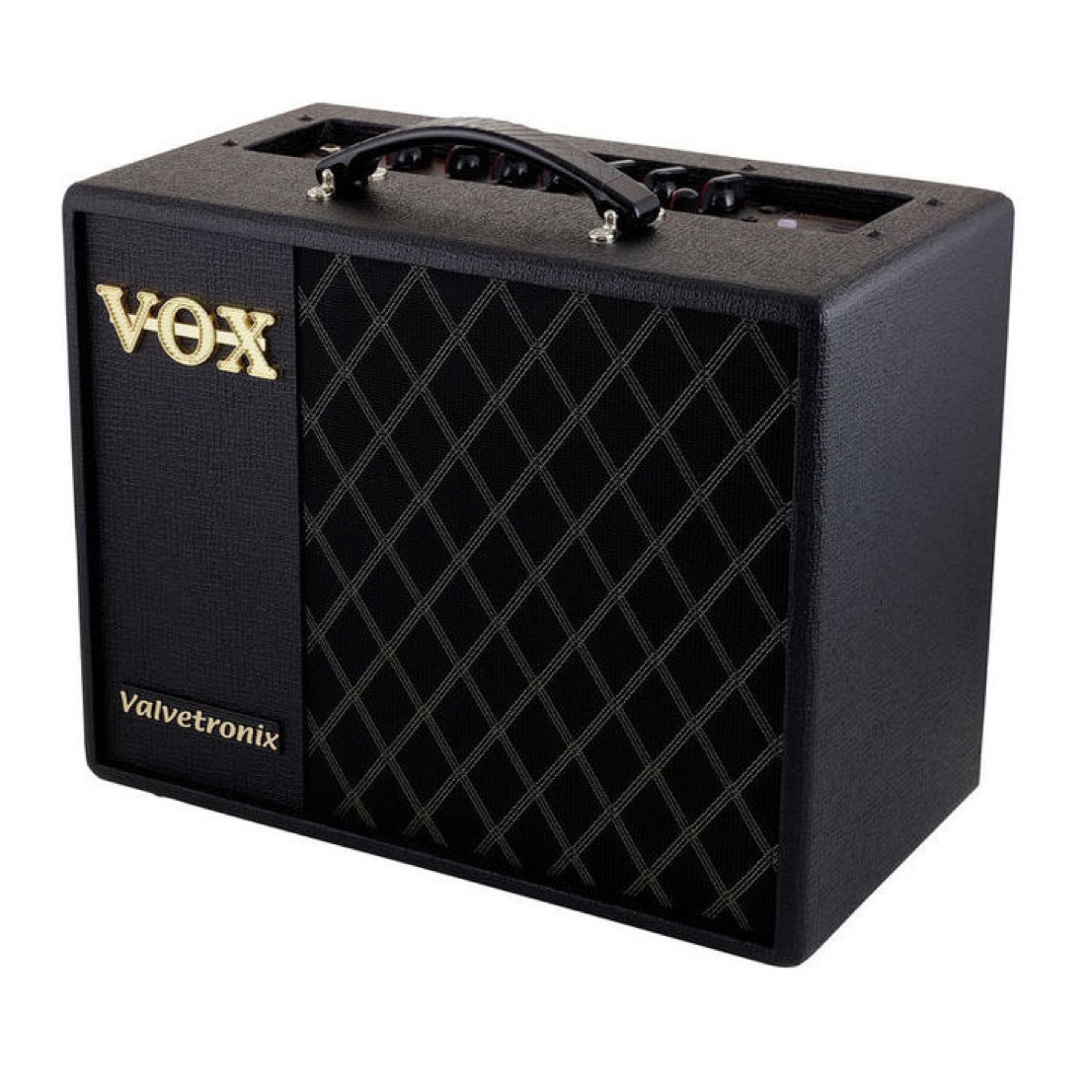
Vox valvetronix full#
Thomas Organ Company, the United States distributor of Vox, along with Bernard Stockly (London), importer of Challenge pianos to the United States, arranged for the boys to have full use of the tall Super AC 100 Vox amps (4×12" speakers). Joe Benaron, CEO of Warwick Electronics Inc. In the early 1960s the Brothers Grim became the first American group to use Vox Amplifiers. Vox Super Beatle (exhibited at Museum of Making Music) Lennon favoured the larger 7120 amplifier, while Harrison preferred the 730 and McCartney had its sister 430 bass amplifier. Harrison in particular became fond of the 730 amp and 2×12 cabinet, using them to create many of the guitar sounds found on Revolver and Sgt.


In 19, The Beatles had several prototype or specially-built Vox amplifiers, including hybrid tube/solid-state units from the short-lived 4- and 7-series. Lennon and Harrison eventually got their own AC100 rigs, with 4×12"/2-horn configurations. Jennings provided Lennon and Harrison with the first AC50 piggyback units, and McCartney's AC30/T60 rig was replaced with an AC100 head and an AC100 2×15" cabinet. The T60 head had a tendency to overheat, and McCartney's was no exception, so he was then provided with an AC30 head which powered the T60's separate speaker cabinet.Īs the crowds at Beatles shows got louder, they needed louder amps. Paul McCartney was provided with one of the first transistorised amplifiers, the infamous T60, which featured an unusual separate cabinet outfitted with a 12" and a 15" speaker. They were later provided with twin black-covered AC30s with the rear panel top boost units. John Lennon's first Vox was a fawn-coloured twin-speaker AC15, while George Harrison's was a fawn AC30 with a top boost unit installed in the rear panel. Once The Beatles became tied to Vox amplifiers (a deal was struck early in their recording career whereby they would be provided Vox equipment for exclusive stage use), the quest for more power began. The Vox AC30 has been used by many other artists including Mark Knopfler, Hank Marvin who was instrumental in getting the AC30 made, Ritchie Blackmore, John Scofield, Snowy White, Will Sergeant, Tom Petty, The Echoes, Mike Campbell, Peter Buck, Justin Hayward, Tom DeLonge, Mike Nesmith, Peter Tork, Noel Gallagher, Matthew Bellamy, Omar Rodriguez-Lopez, Dustin Kensrue, Tame Impala, and many others. AC30s were later used by Brian May of Queen (who is known for having a wall of AC30s on stage), Paul Weller of The Jam (who also assembled a wall of AC30s), Rory Gallagher, The Edge of U2 and Radiohead guitarists Thom Yorke, Jonny Greenwood and Ed O'Brien. The AC30, fitted with alnico magnet-equipped Celestion "blue" loudspeakers and later Vox's special "Top Boost" circuitry, and like the AC15 using valves (known in the US as vacuum tubes), helped to produce the sound of the British Invasion, being used by The Beatles, The Rolling Stones, The Kinks and the Yardbirds, among others. In 1959, with sales under pressure from the more powerful Fender Twin, by request from The Shadows, who requested amplifiers with more power, Vox produced what was essentially a double-powered AC15 and named it the AC30. Features simplified from the AC15 included a tremolo effect (mislabeled as "vibrato"), a single, shared Tone control, and smaller output transformer. Vox released the 12-watt AC10 in late 1959 as a student model, originally as a 1x10-inch combo and later as a 2x10-inch combo. It was popularised by The Shadows and other British rock 'n' roll musicians and became a commercial success. The company was renamed Jennings Musical Industries, or JMI, and in 1958 the 15-watt Vox AC15 amplifier was launched, "vox" simply being the Latin word for "voice". In 1956, Jennings was shown a prototype guitar amplifier made by Dick Denney, a big band guitarist and workmate from World War II.

Jennings's first successful product was the Univox, an early self-powered electronic keyboard similar to the Clavioline. The Jennings Organ Company was founded by Thomas Walter Jennings in Dartford Kent, England after World War II.

1.5 Expansion, transistors, and decline.


 0 kommentar(er)
0 kommentar(er)
